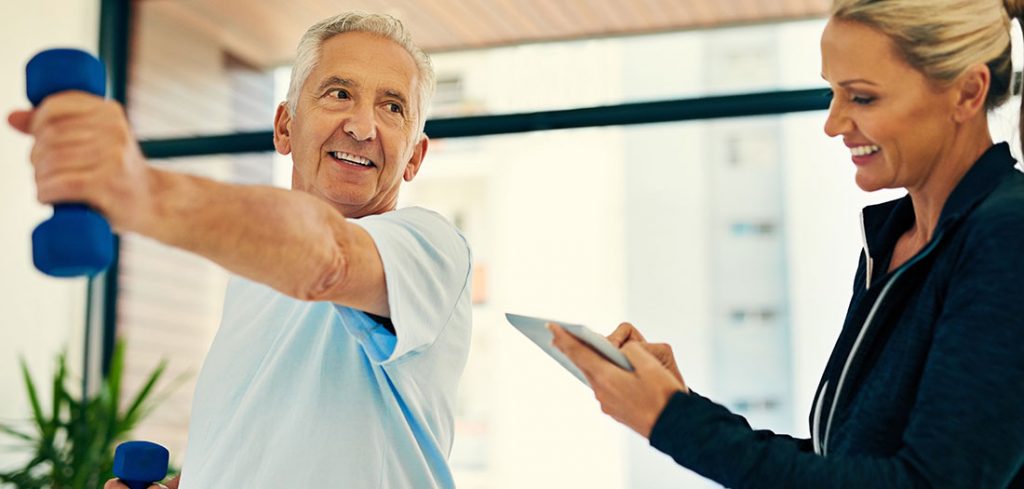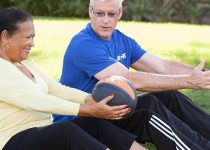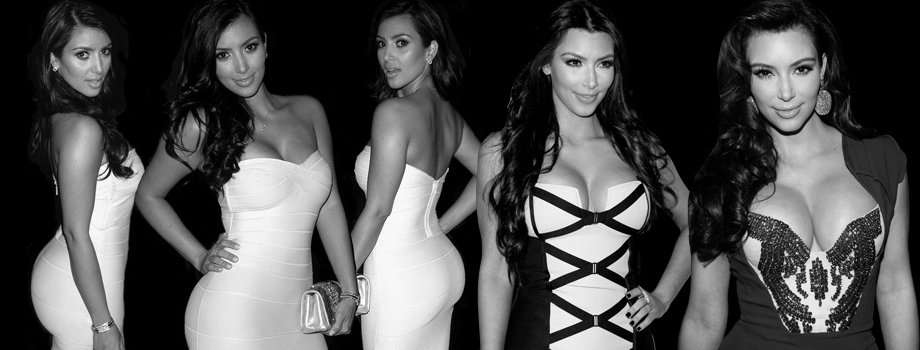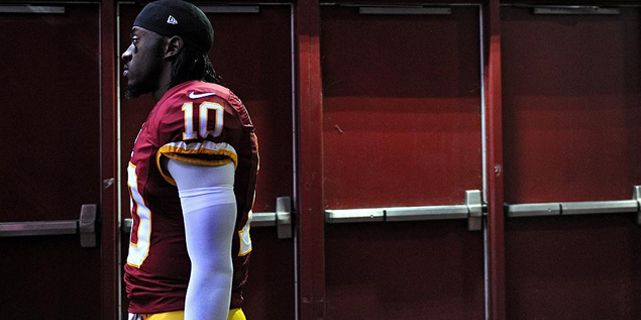Shattering Older Adult Exercise Stereotypes

As health and fitness professionals, we are not immune to harboring senior stereotypes, but doing so may seriously hurt our businesses as the older population gravitates toward fitness studios, gyms and programs that understand them, accept them and help them see this stage of life as the best one yet. The truth is, “Boomers” (those born between 1946 and 1964) are shattering the traditional mold of what it means to be a “senior.” Instead of retiring at the age of 65, many are just now doing their best work and want to continue doing it for as long as possible. Instead of “slowing down” and “taking it easy,” they are traveling the world seeking out new adventures, and instead of withdrawing from society, they are more engaged than ever and finding new friends all around the world on social media platforms such as Facebook.
That’s hardly the picture of the frail and fragile senior citizen many people cling to. To give you a clearer idea of this population, here are some common stereotypes related to fitness for older adults that could be holding you back from working with this often-underserved and overlooked population.
1. They will get hurt (or worse).
This is probably one of the greatest fears that trainers have about working with older clients. They fear hurting them or (worse) killing them. Yes, older adults tend to have more chronic disease conditions. Yes, many older adults have been inactive for decades and have very low levels of fitness. Yes, there are some specific considerations that must be made when working with frail, significantly deconditioned or diseased individuals. But with some targeted education about how to train them properly, the chance of hurting them is actually pretty low. In fact, for most older adults, it is far more dangerous to remain inactive than it is to start a fitness program.
2. They are boring to train.
Older adults are extremely diverse in their physical abilities and needs, which means you need to train them individually (even in a small-group setting) and in a very robust manner. This means focusing on different areas of function including: musculoskeletal (e.g., strength and power); neuromuscular (e.g., coordination, reaction time); balance; cardiorespiratory; mobility (e.g., gait training, obstacle negotiation); and cognition (e.g., memory, executive function). Get out the kettlebells, suspension straps, battle ropes, dumbbells, ActivMotion Bars, ViPRs, sleds, plyo boxes, medicine balls and more. Don’t let chronological age restrict what you think your clients can or cannot do. Instead, let their functional abilities and physical conditions determine what is most appropriate for each client.
3. They are all sick.
The two most prevalent chronic conditions among older adults are osteoarthritis and hypertension. Exercise is a recommended intervention for both of these conditions, as well as for almost every other chronic disease you can think of. Just because an individual has a condition doesn’t mean that he or she is “sickly.” Many older adults are robust and healthy, even though they might be relatively unfit. If you encounter individuals with serious health issues that you don’t feel qualified to deal with, simply refer them on to other programs.
4. They don’t want to try new things.
This is both true and false at the same time. I have found that many older adults are skeptical of starting a fitness program or class but not because they don’t want to try new things. It is because they have never done anything like this before and aren’t sure what to expect. They don’t want to be embarrassed by doing something stupid or wrong. They don’t want to hurt themselves (yes, they worry about this, too). Usually, it is the fear of the unknown combined with low self-efficacy that causes them to hesitate. However, this is pretty easily overcome by some positive experiences, being led by an empathetic trainer, and being with other folks like themselves. Once they realize that training is fun and that they can do it, many start asking to try other things such as using new equipment or taking different classes.
If you want to make a real impact in someone’s life with exercise, consider training older adults. It’s not about losing the baby weight or looking good in a little black dress. It is about being able to live longer and better, and being able to enjoy playing with the grandkids, travel the world, keep working and/or avoid serious illness. This is a large part of what makes training older adults so rewarding.
The older adult population has exploded to the point where having a training studio focusing almost exclusively on Boomers and seniors is not only viable, it can be extremely profitable as well. It is a real possibility to turn your passion for helping older adults into a solid and sustainable business that you can be proud of. Addressing these common myths and stereotypes is the first step toward achieving that goal.


